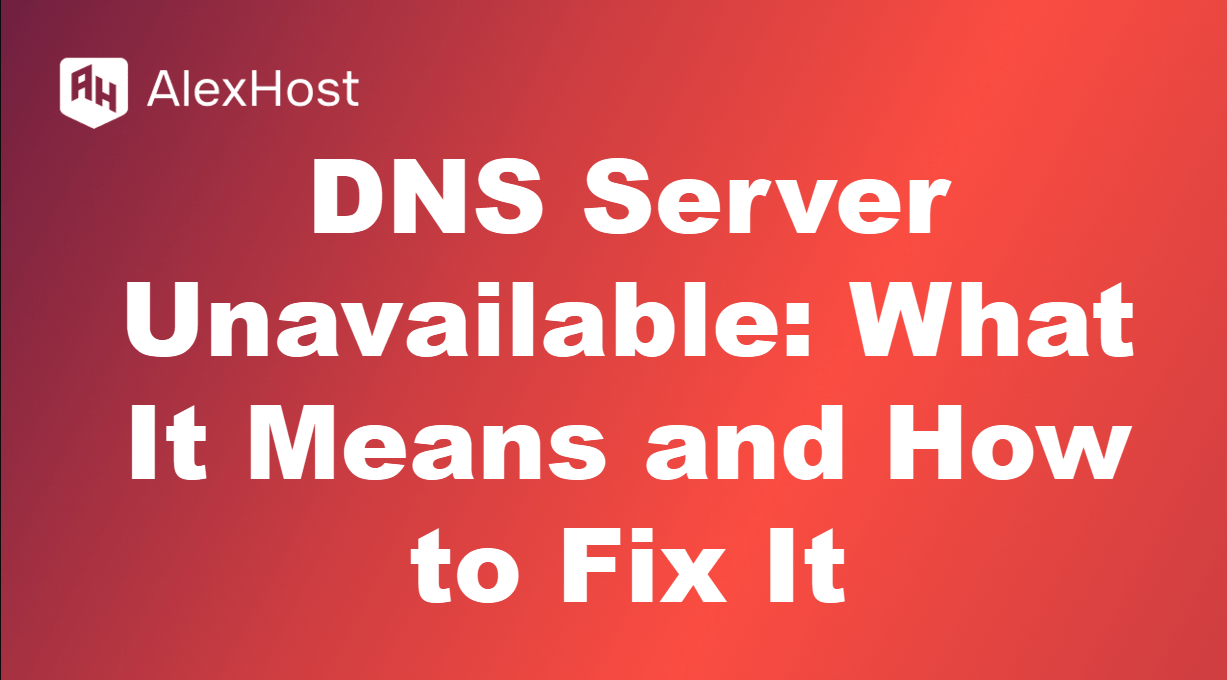HTTP vs HTTPS: Why Secure Protocols Matter for Websites on AlexHost VPS Why switch from HTTP to HTTPS on AlexHost?When it comes to website security, the choice between HTTP and HTTPS determines how safely data travels between your visitors and your server. While both protocols handle communication between browsers and web servers, HTTPS adds a […]
A BAT file (or batch file) is a simple text file containing a series of commands that are executed by the Windows Command Prompt (cmd.exe). BAT files are often used to automate repetitive tasks, manage system operations, or perform batch processing of files. They are widely used for scripting and can execute commands like launching […]
In Linux-based systems, especially those using Debian or Ubuntu as their base, software is often distributed in .deb (Debian package) format. These packages contain all the files and dependencies needed to install and run a particular application. Installing .deb packages is a straightforward process, but there are multiple ways to do it, depending on the […]
A CSR (Certificate Signing Request) is a block of encoded text that an organization or individual submits to a Certificate Authority (CA) when applying for an SSL certificate. The CSR contains information that the CA uses to create the certificate, such as the applicant’s public key and the organization’s details. This certificate is then used […]
When it comes to enhancing your online privacy, securing your connections, and accessing restricted content seamlessly, AlexHost’s dedicated servers provide the perfect infrastructure for setting up robust and reliable proxy servers. With high-performance hardware, lightning-fast SSD storage, and customizable configurations, AlexHost ensures that your proxy setup delivers optimal speed, security, and efficiency. Whether you’re managing […]
When you see the message “DNS server unavailable”, it means that your device is unable to communicate with the DNS Service (Domain Name System) server, which is responsible for translating domain names (like example.com) into IP addresses that computers use to locate websites. This error prevents you from accessing websites because your device can’t resolve […]
Setting up your email in Microsoft Outlook allows you to manage all your emails, contacts, and calendar events in one place. Whether you’re using Outlook for personal or business purposes, connecting your email account is straightforward and can be done in just a few steps. Outlook supports many email providers, including Gmail, Yahoo, Outlook.com, and […]
Stable Diffusion is a deep learning, text-to-image model that allows users to generate high-quality images from textual descriptions. This neural network is part of a growing field of generative AI, where computers can create content, such as images, music, or text, based on input from the user. Stable Diffusion is widely used for creating art, […]
NSLOOKUP is a command-line tool used for querying Domain Name System (DNS) servers to obtain information about domain names and IP addresses. It’s an essential utility for network administrators, developers, and anyone troubleshooting DNS-related issues. By using NSLOOKUP, you can check the IP address associated with a domain name, find the authoritative DNS servers for […]
Build and Host REST APIs on AlexHost: A Developer’s Guide Why deploy REST APIs on AlexHost? REST APIs are the backbone of modern web apps, connecting frontends to backends with ease. AlexHost’s high-performance VPS and dedicated servers, powered by NVMe storage, full root access, and DDoS protection, provide the perfect environment to host scalable, secure […]
















